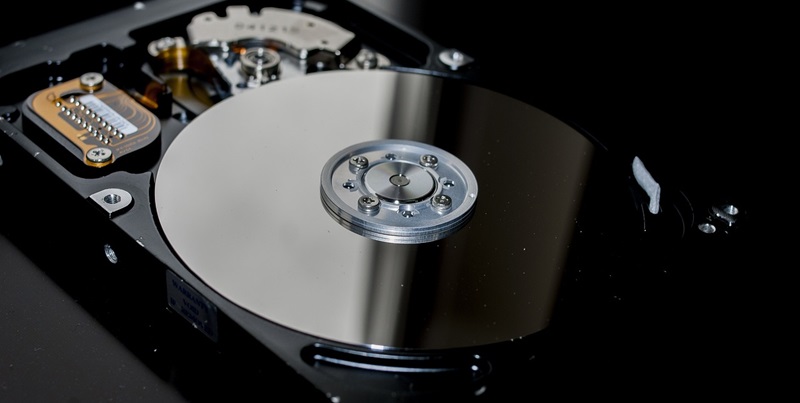Backblaze’s comprehensive hard drive reliability study sheds light on the durability and failure trends of over 250,000 hard drives from 35 unique models. This analysis, one of the most extensive of its kind, offers invaluable insights into the average lifespan of these data storage devices, which is essential for both consumers in the market and industry professionals aiming to enhance product quality. By examining the large-scale performance data collected from a myriad of drives in different environments and usage scenarios, Backblaze provides a dataset that helps to predict drive longevity and reliability. Such detailed information is critical for making informed purchasing decisions and for driving technological improvements in the data storage field. Consumers benefit by choosing more reliable drives, while manufacturers gain a clearer picture of their products’ endurance, leading to better-designed storage solutions over time.
Detailed Analysis of Failure Rates
Rising Averages and Concerning Trends
The annual hard drive failure rate sits at an uneasy 1.7%, signaling an emerging issue with data storage dependability. With hard drives prone to higher failure rates as they age, the pressure mounts for relentless advancements in hard drive technology. Moreover, it underscores the essential need for robust backup strategies and data transfer systems. The mounting reliance on digital storage in both personal and business realms necessitates ongoing scrutiny of hard drive longevity and performance. It becomes clear that ensuring the integrity of our digital data is not just a matter of convenience but a critical aspect of maintaining the pillars of our increasingly digitized infrastructure. The growing average failure rate serves as a clarion call for both ongoing technological innovation and the implementation of comprehensive data management practices.
Brand and Capacity Variances
Analyzing the data, it’s clear that not all hard drives are created equal. Seagate’s 14 TB drives exhibit a worrying failure rate, suggesting underlying manufacturing or material faults that may need urgent attention. On the flip side, Western Digital’s 16 TB drives emerge as exceptionally reliable, with performance that contradicts general annualized failure rate trends, making them an excellent option for those in need of substantial storage capacity. These differences not only highlight the importance of choosing a reputable brand but also show that drive capacity can be a significant factor in the storage solution’s durability and robustness. It’s essential for both individuals and enterprises to carefully consider these factors when selecting hard drives for their storage needs to ensure data integrity and avoid potential loss or downtime due to drive failures.
Implications and Strategic Considerations
Longevity and Purchasing Decisions
Backblaze’s reports serve as a vital benchmark for assessing the dependability of hard drives, thereby influencing purchase decisions. The data reveal significant variability in hard drive failure rates, which can markedly affect data integrity and associated costs over time. For those in the market for new storage solutions, these findings are indispensable, offering a strategic balance between capacity, price, and long-term reliability. The message is unmistakable: selecting hard drives with a track record of reliability is not only a smart investment but also crucial for safeguarding data and ensuring the longevity of the storage device. Investing judiciously in hard drives with proven lower failure rates is a strategy that ultimately secures data and could result in cost savings by mitigating potential data loss scenarios.
Operational Strategies for Data Safety
The impact of the report on IT departments and data centers is significant, highlighting the need for a tactical approach to data management to counteract the reality of rising hard drive failure rates. Essential strategies must include routine data backups, the use of multiple storage solutions, and a phased replacement strategy for older drives. Acknowledging the uptick in annualized failure rates (AFR) over time is crucial. Consequently, enterprises may find it necessary to reevaluate and increase their budgets for consistent drive replacements or technological upgrades as a proactive measure. Through this approach, data centers and IT departments can better mitigate the risks associated with hard drive failures while safeguarding the integrity of their data over the lifespan of the storage devices. Implementing these safeguards is an investment in reliability and the continuity of operations.

